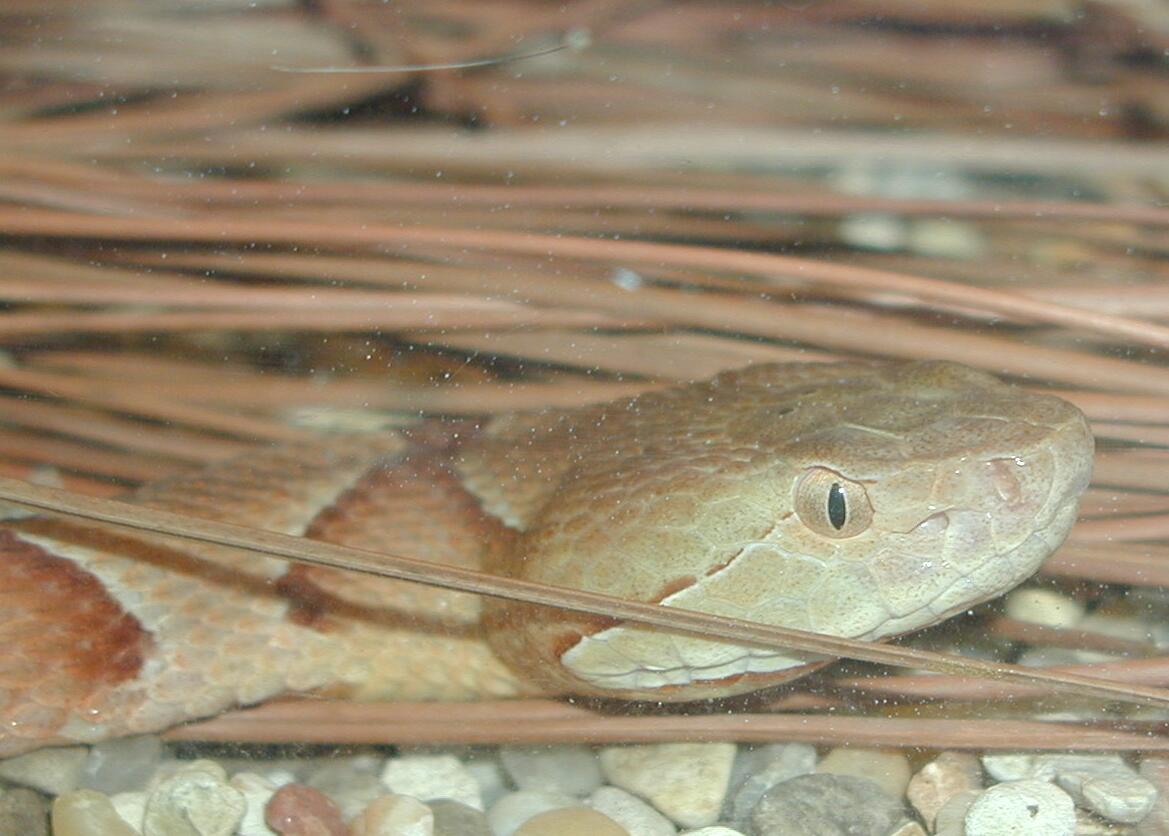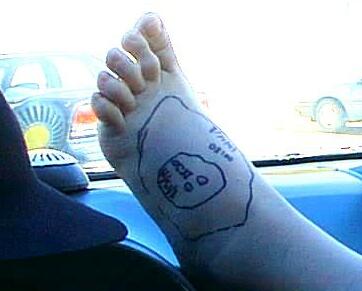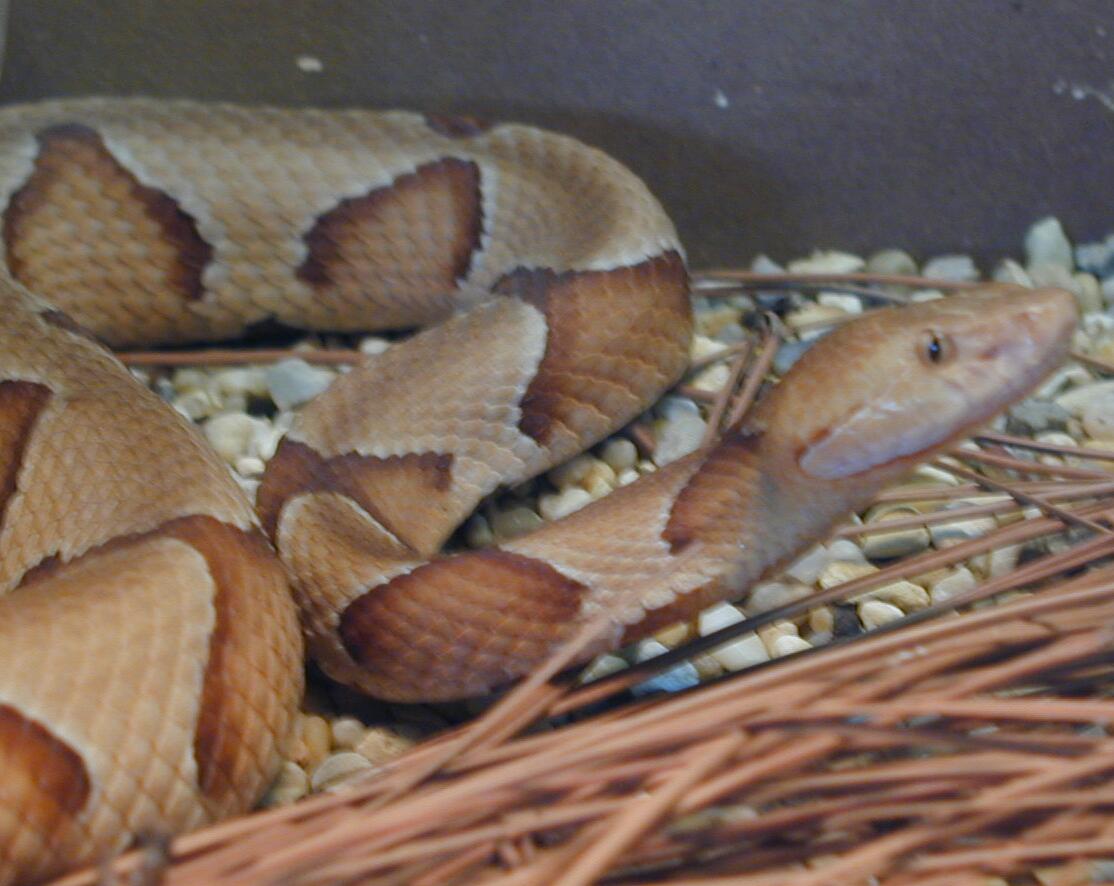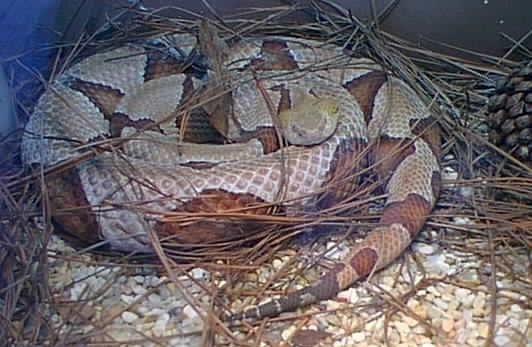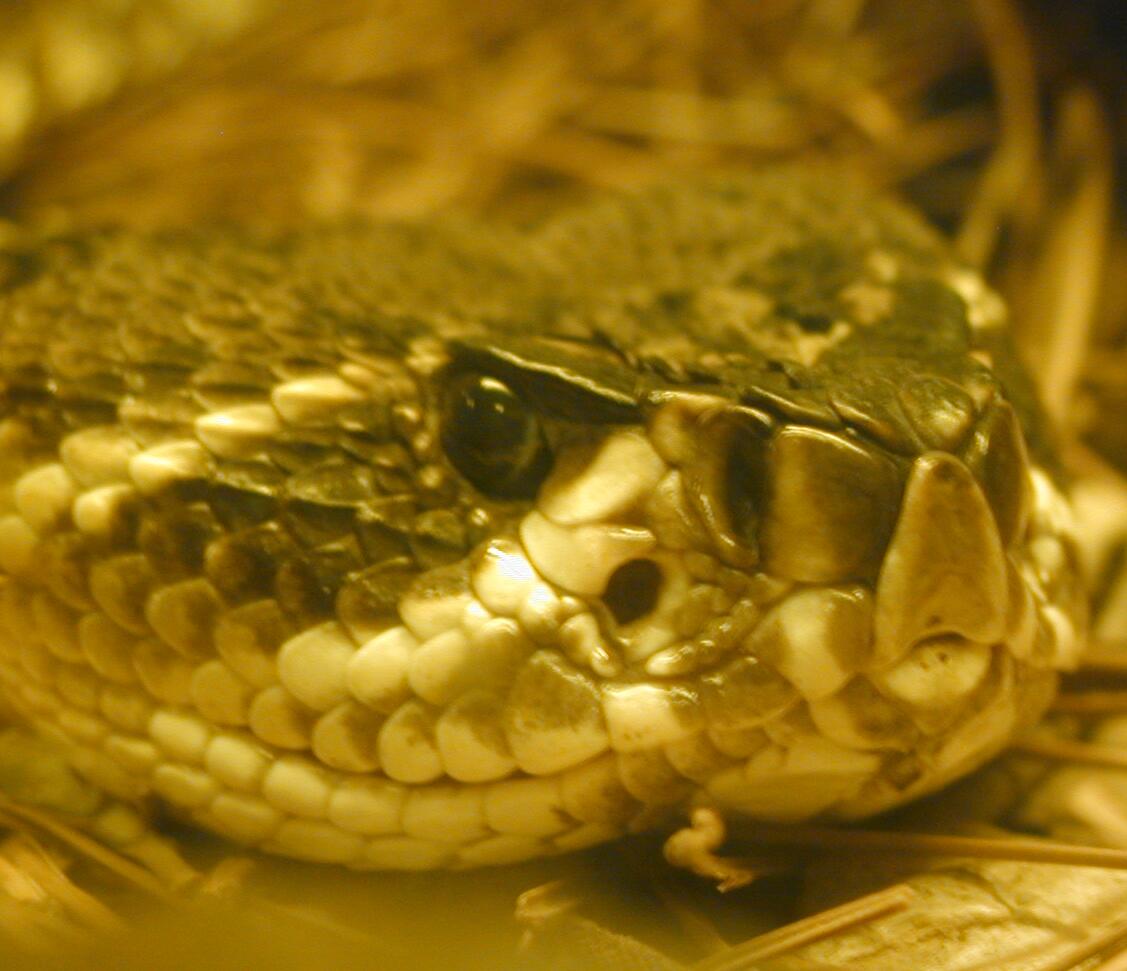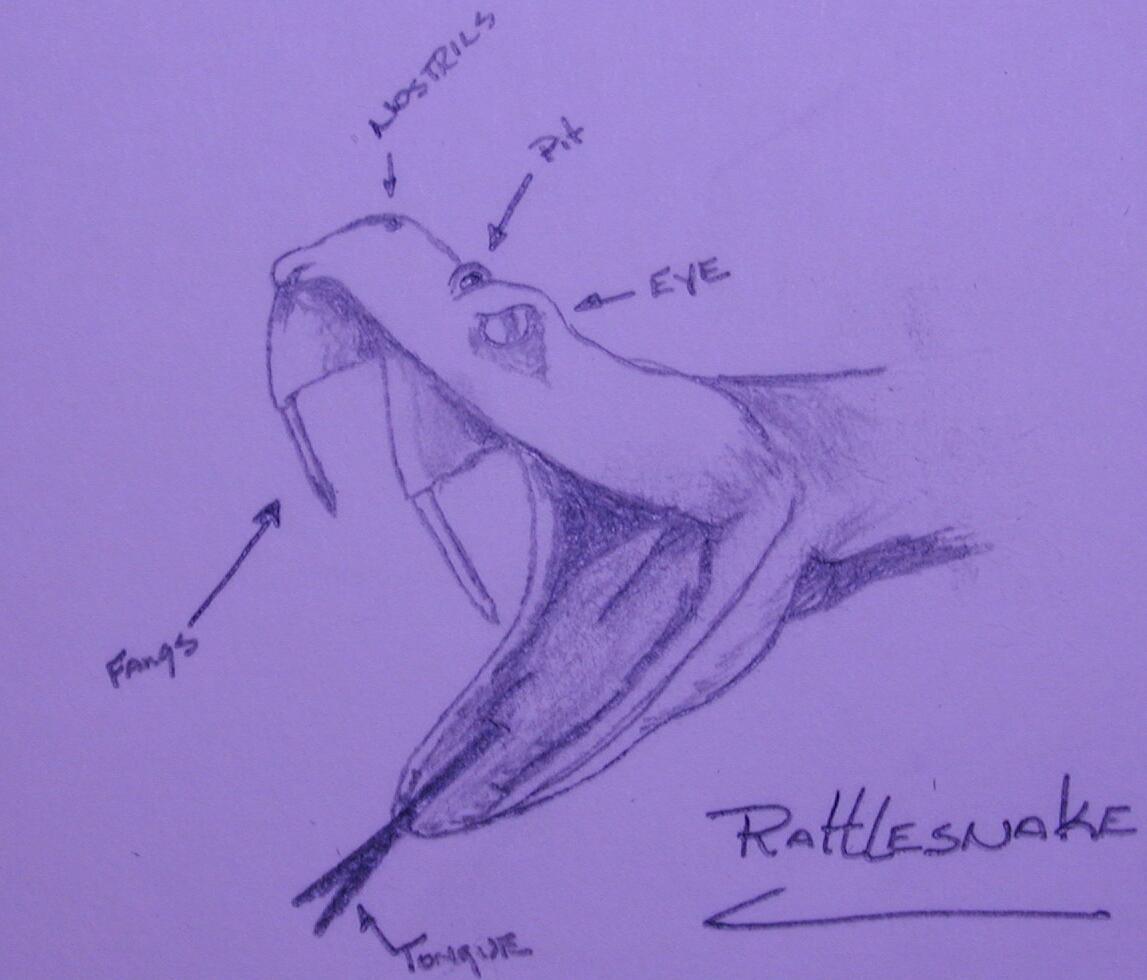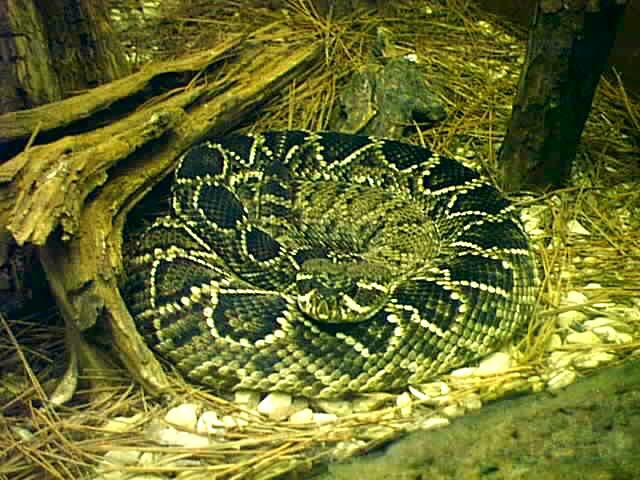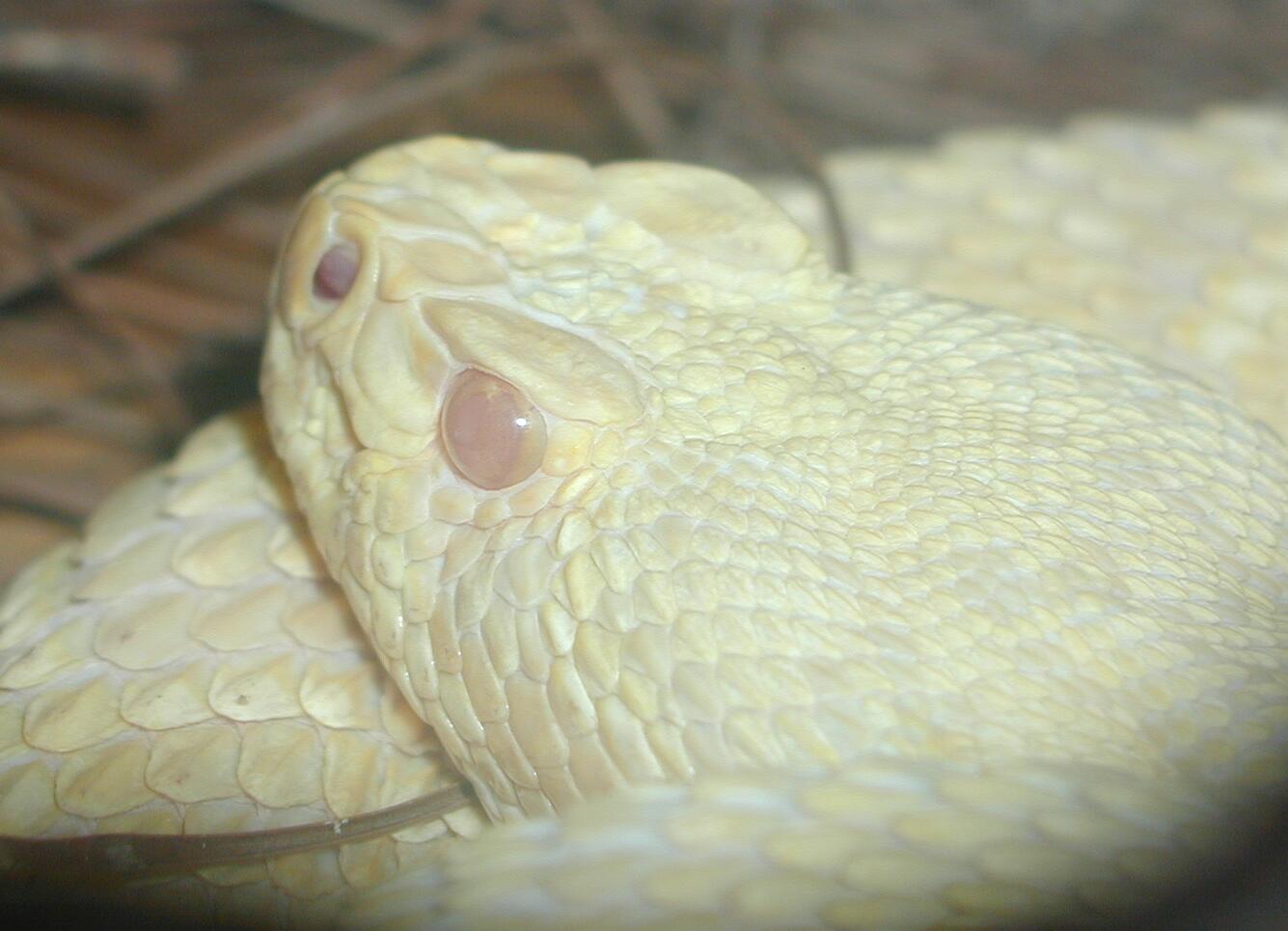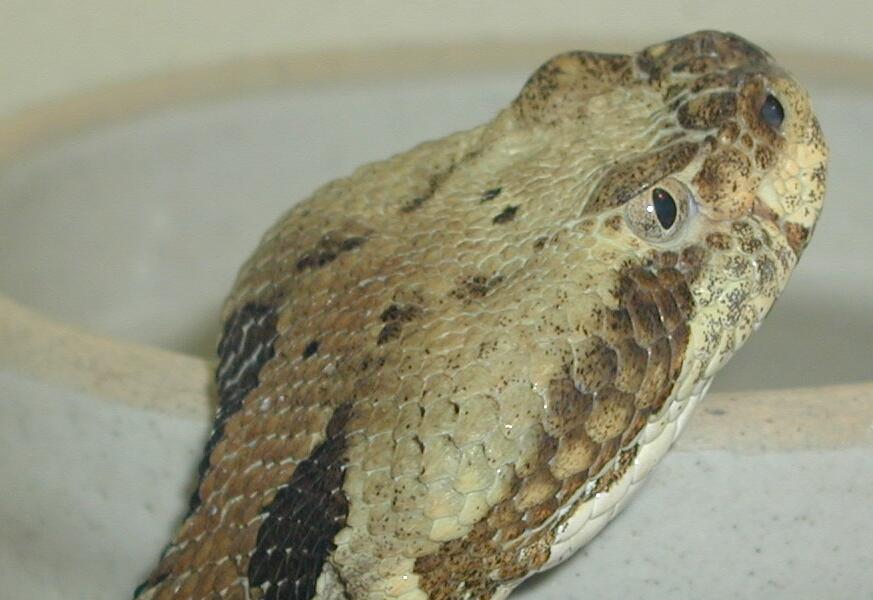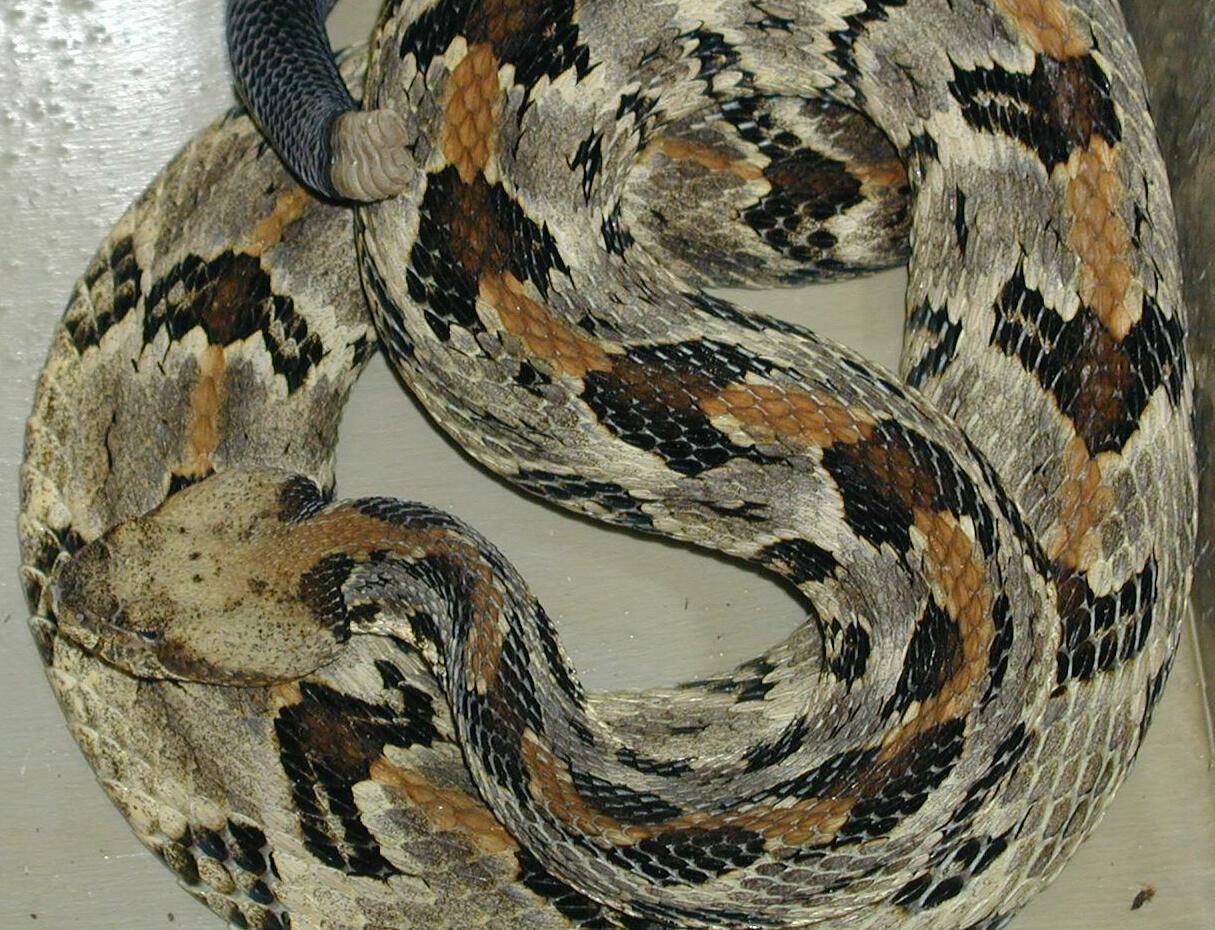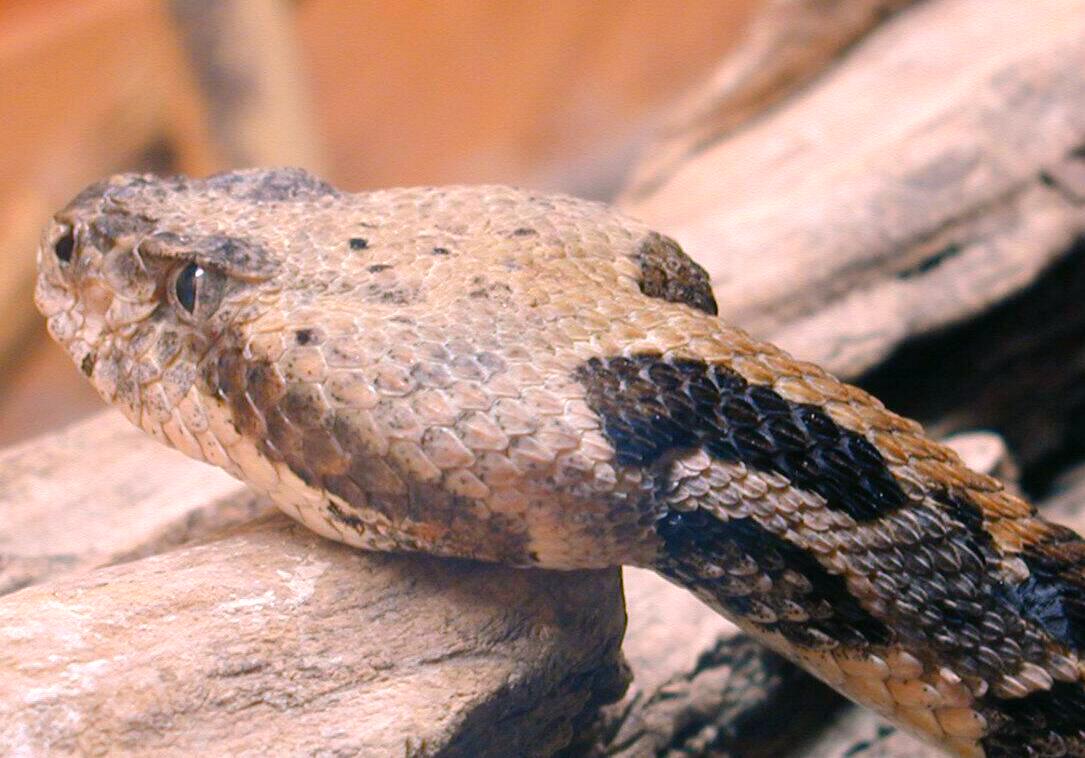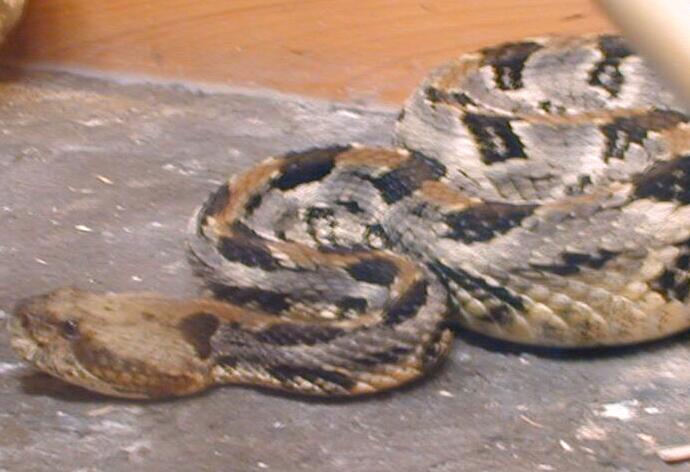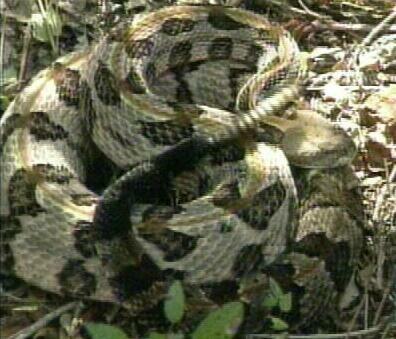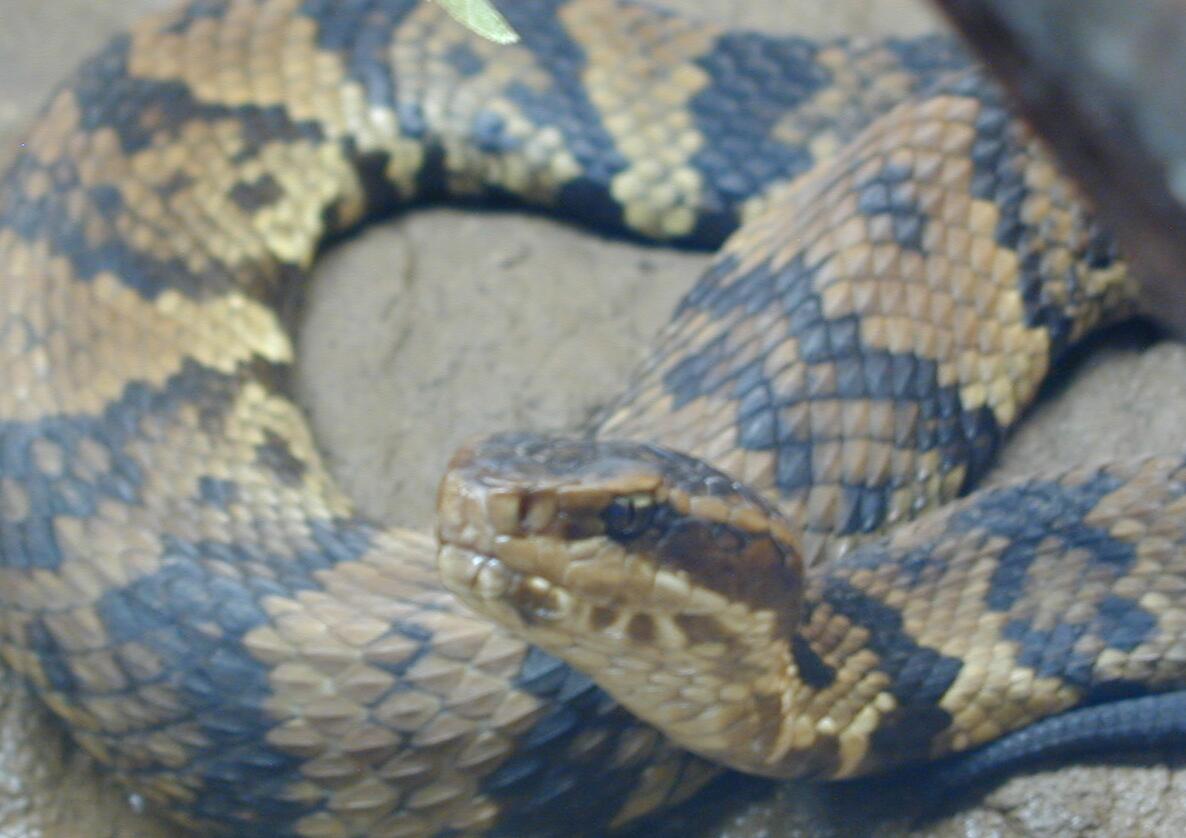 SNAKES
SNAKES 
![]()
Well once again I find myself making a web page and I really don't know why. I thought since one was made of turtles of southeast Louisiana it wouldn't be complete without one on the snakes that take up these parts, so here we go ! With a scoop net in one hand and a bucket in the other most of my life catching turtles in these swamps, canals and bayous I always seem to run into snakes. Shoot why not go ahead and catch them while you're at it and check them out. So here are a few of the not so friendly ones that I've run across over the years. I'm gonna include a few stories and myths about these guys so take it for what it's worth.
![]()
The Southern Copperhead (Agkistrodon contortrix)
Size
: 2' to about 4.5'Distribution: Gulf States north to Oklahoma, Ark., Tenn., Missouri to Illinois
Biology: Live bearing 1-15 in a clutch around Aug. to Oct.
Bite Symptoms: pain, swelling, breathing difficulty, vomiting, gangrene, headache, unconsciousness, and rarely death
Venom: hemotoxic venom that acts like an anticoagulant (thinning the blood) For this venom to be fatal a person would have to receive one drop per 50 lbs. of body weight. Copperheads rarely deliver more then one drop per bite.
Through the years I have found these snakes to be non-aggressive although this is the only venomous snakebite that I ever had to deal with. The center picture is of Melanie's foot after a 3 day hospital stay. She stepped on one at night camping in the Ozarks. There are actually 5 subspecies, and for the most part; they have an impressive coloration of copper colored bands that resemble an hourglass. I have often found them in pine areas where water is not too far away or along roadsides next to the swamp where they have access to mice, frogs and lizards. In the top left pic you can make out the pits and nostrils on his light brown head. His scales are weakly keeled and have a single anal plate. When I was a kid I had a friend that found one, while we were camping, and swore it was a rattlesnake. He said that when he ran across it, it was shaking his tail in the leaves, which made a sound that resembled a rattler. After explaining to him this was a common way to lure prey and is done by several other kinds of snakes, I had to show him that there weren't any rattles on his tail. (Sorry Kenny just had to tell that one.) I've been told that most of the bites from this species are caused by not seeing them because they blend in with the leaf litter so well and are rarely a death threat. But Mel says that I must add that they are very painful.
![]()
Eastern Diamondback Rattlesnake (Cotalus adamanteus)
Size:
3' to 8' and heard tell of snake pushing 9' back in Devil's Backbone in Pearl River County, Miss..Distribution: Coastal Gulf along the Southern East Coast States.
Biology: Largest of the rattlers, live bearing, 7 to 21 in a clutch from July to early Aug.
Bite Symptoms: swelling, discoloration of bite area and becomes painful, shock, numbness, breathing difficulty, vomiting, gangrene, headache, unconsciousness, and sometimes death
Venom: hemotoxic venom that acts like an anticoagulant (thinning the blood) For this venom to be fatal a person would have to receive one drop per 50 lbs. of body weight. Diamondbacks will deliver an average of four drops per bite.
I've never owned an Eastern Diamondback but have had a western for a few days before turning it loose when I lived out in Texas. Anyway this is the granddaddy of the rattlers being the largest in North America. They are often found in a patch of palmettos, pine forest leaf litter or just basking in the sun on the sandy pads in front of a Gopher Tortoise hole. This keeled scale snake will strike when provoked and can inflict a painful bite injecting venom that destroys blood tissue and can be fatal if not professionally cared for (depending on the amount of venom and location of bite). The rattle on his tail can get quite long and act as a warning device to deter a predator. There is an old country myth that says, if you get the seed used to make the sound in his rattle into your eye, you will go blind. Not too sure how true that is since there is no seed. They feed on rats, squirrels, rabbits and birds and will seek a warm spot when the weather turns cold. There's a story about my Aunt in Mississippi, who was moving her dryer at her country house and found several young ones under it. After an investigation they found several more under the kitchen cabinet and were afraid to sleep in the house. The story goes that they brought an expert in, and a decision was made to tent and fumigate the house to make sure there weren't anymore in there. I don't know how true this was or even it was a Diamondback or just something like a corn snake, no one ever told me what happened to the little ones, I'm sure it was because they knew I would have wanted to keep them. The closest one to New Orleans I've found was about 15 years ago in an area called Bayou Savage on the eastern edge of the city, she was about 5 1/2' long. Over the years I have heard stories that before New Orleans east was developed several record-size snakes were found there. For about 4 years, this snake was thought to be extint in Louisiana. Last year one was reported seen in the wild. So if you should run across one in the wild just back off and let him go about his own way, this is the best way to protect yourself as well as him. Remember, this snake has a strike range of 1/2 it's body length. One other note, the right bottom pic is of a rare Albino Diamondback.
|
|
|
|
|
![]()
Timber Rattlesnake (Crotalus horridus horridus)
Canebrake Rattlesnake (Crotalus horridus atricaudatus)
Size:
4 - 8.5 ".Distribution: Eastern and Southeastern United States.
Biology: live bearing 5 to 7 young in Aug to early Oct.
Bite Symptoms: swelling, discoloration of bite area and becomes painful, shock, numbness, breathing difficulty, vomiting, gangrene, headache, unconsciousness, and sometimes death
Venom: hemotoxic venom that acts like an anticoagulant (thinning the blood).
There are two subspecies of this snake, Timber Rattler, and the Canebrake Rattler, that can be found in Louisiana. The Timber being a yellowish color and the Canebrake being more pinkish. They were very common in the palmetto lowland that surrounds the sugar cane fields or in trash piles from land clearing, but over the years have been harder and harder to find. They feed much on the same things as the diamondback, rats, squirrels, etc. They also inflict a painful bite injecting venom that destroys blood tissue and can be fatal. Old Cajuns around Thibodaux tell many of stories about snakes being loaded on the carts with cane or mules being bit while carting out the cane to the sugar mill. Today with modern equipment and tractors to haul the cane out of the fields you don't run across them to often. Had one old guy down the bayou tell me that he keeps a few cows in the field between the cane and his house to keep the canebrake away. He said that the constant pounding of the cow's hooves scare them away. Like the Diamondback this snake produces an awesome sound with his tail. They are born with a button and add a segment every time it sheds. Another story is that you can tell their age by counting there rattles. Since they shed about 3 times a year, by counting the segments and divide by three the age could be determined. This only works if the tail is undamaged and snake shedding depends on it's growth.
![]()
Eastern Cottonmouth or Water Moccasin (Agkistrodon piscivorus piscivorus)
Size:
20" to about 6.5'Distribution: Coastal Gulf along the Southern East Coast States, throughout Ark., Ky., Tenn. Also can be found in Missouri and Oklahoma.
Biology: Live-bearing, giving birth to 1 - 15 young every other year in Aug. to Sept.
Bite Symptoms: pain, swelling, breathing difficulty, vomiting, gangrene, headache, unconsciousness, and can cause death
Venom: More potent than a Copperhead's bite, as a pit viper its venom is made up of a complex mixture of proteins, which works on blood tissue.
Of all the venomous snakes in Louisiana this one is the most common. You don't have to leave the city of New Orleans to find one and if you walk up on one coiled up you can see why they get the name cotton mouth (see right Pic). I really couldn't tell you how many of these I've walked up on over the years but can say it's too many to count. Without going to the swamp or bayous, they can be found basking on the banks of the Mississippi, the ponds in most of our parks or in the canals throughout the city used to keep it dry. They feed on frogs, fish, other snakes and birds. I remember when I was a kid keeping one in a jar (well, until my mother found out). Anyway, I've found this snake to hold his ground, either showing his white cotton looking mouth or just sliding off at his own pace, like, "I knew you didn't want to mess with me". I had a friend who was an oiler on one of my grandfather's barges working on the Mississippi River, who caught what we call a stub tail moccasin, he tied his shoelace around it and played with it all day. At the end of the day the snake looked like it was dead so he went to untie his shoelace and to his surprise he ended up with two fangs puncturing through his skin on his index finger. On the barge, the crew proceeded to administer first aid by cutting two X's over the wounds and sucking out the blood. Well to make a long story short, They had to pull the barge to the bank and flag down a police officer and rushed Uncle Joe, thatís what we called him, to the hospital. You see he liked to died, but it wasn't from the moccasin venom, he almost bled to death. I think there is a lesson to be learned here. This snake seems to show up in a lot of swamp lore being a friend of the Loup Garou and has its ties with VooDoo.
![]()
